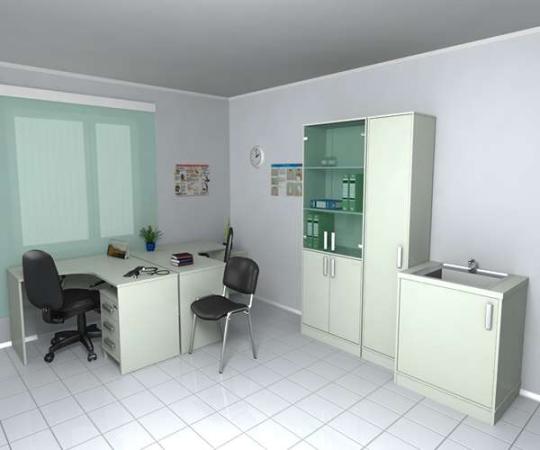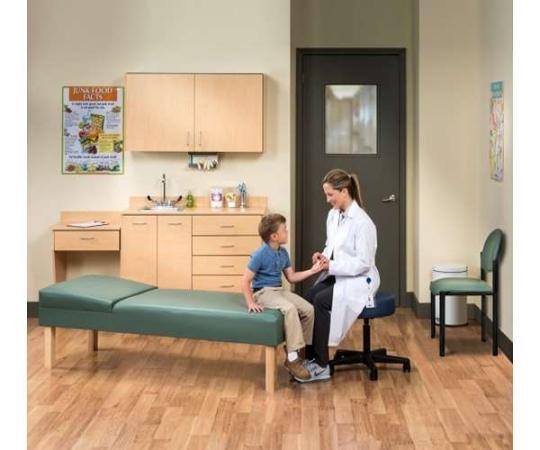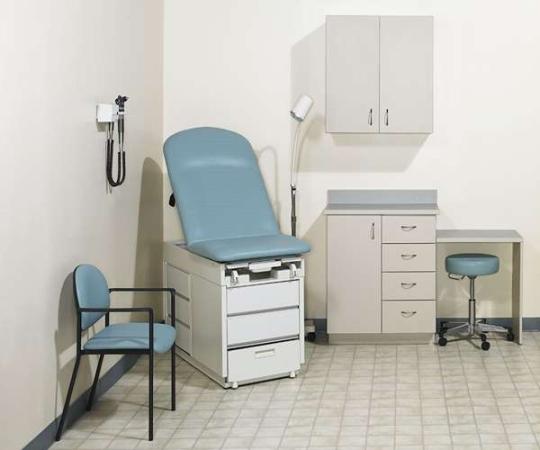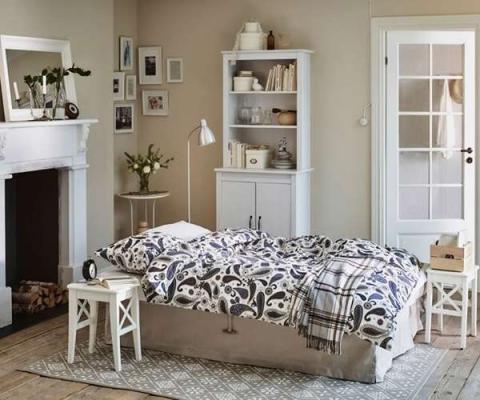Furnishing a medical office requires careful consideration to ensure that the space is comfortable, functional, and visually appealing. The right furniture can create a positive patient experience while also enhancing the productivity and efficiency of healthcare professionals. In this article, we will explore some essential tips for selecting furniture that meets the unique needs and requirements of a medical office. 1. Prioritize Comfort: Comfort is paramount in a medical office setting. Patients may be experiencing physical discomfort or anxiety, so providing furniture that promotes relaxation is crucial. Opt for ergonomic chairs and sofas with ample padding and lumbar support. Additionally, consider the use of materials that are easy to clean and maintain, such as high-quality upholstery and stain-resistant fabrics. 2. Emphasize Functionality: A medical office is a dynamic environment, with various tasks being performed simultaneously. Furniture should be chosen with functionality in mind to support the different tasks performed by healthcare professionals.

.
 For example, reception desks should be well-designed to efficiently manage patient check-ins, while examination tables should be easily adjustable and accessible for patients of all abilities. 3. Ensure Compliance with Regulations: Medical office furniture must comply with various regulations to ensure patient safety and maintain proper hygiene standards. Familiarize yourself with the guidelines set by relevant bodies, such as the Occupational Safety and Health Administration (OSHA) and the Centers for Disease Control and Prevention (CDC). This will help to ensure that the furniture you select meets the necessary requirements. 4. Optimize Storage Solutions: In a medical office, efficient storage solutions are essential to maintain an organized and clutter-free environment.
For example, reception desks should be well-designed to efficiently manage patient check-ins, while examination tables should be easily adjustable and accessible for patients of all abilities. 3. Ensure Compliance with Regulations: Medical office furniture must comply with various regulations to ensure patient safety and maintain proper hygiene standards. Familiarize yourself with the guidelines set by relevant bodies, such as the Occupational Safety and Health Administration (OSHA) and the Centers for Disease Control and Prevention (CDC). This will help to ensure that the furniture you select meets the necessary requirements. 4. Optimize Storage Solutions: In a medical office, efficient storage solutions are essential to maintain an organized and clutter-free environment.
..
 Select furniture pieces that include integrated storage options, such as cabinets or drawers. This will help healthcare professionals store and access necessary supplies easily, minimizing the risk of cross-contamination. 5. Consider Aesthetics: Aesthetics play a crucial role in creating a welcoming and professional ambience in a medical office. Choose furniture that aligns with the overall design and style of your office. Consider neutral color schemes that convey a sense of cleanliness and professionalism. Additionally, selecting furniture with modern design elements can help create a positive impression on patients and visitors. 6. Pay Attention to Durability: Medical office furniture is subject to heavy use, so durability is a key factor in the selection process. Look for furniture made from sturdy materials, such as high-quality wood or metal frames. Ensure that upholstery is durable and easy to clean to maintain a hygienic environment.
Select furniture pieces that include integrated storage options, such as cabinets or drawers. This will help healthcare professionals store and access necessary supplies easily, minimizing the risk of cross-contamination. 5. Consider Aesthetics: Aesthetics play a crucial role in creating a welcoming and professional ambience in a medical office. Choose furniture that aligns with the overall design and style of your office. Consider neutral color schemes that convey a sense of cleanliness and professionalism. Additionally, selecting furniture with modern design elements can help create a positive impression on patients and visitors. 6. Pay Attention to Durability: Medical office furniture is subject to heavy use, so durability is a key factor in the selection process. Look for furniture made from sturdy materials, such as high-quality wood or metal frames. Ensure that upholstery is durable and easy to clean to maintain a hygienic environment.
…
 Investing in durable furniture will save you money in the long run by reducing the need for frequent replacements. Conclusion: Choosing the right furniture for your medical office is a vital step in creating a comfortable and efficient workspace. By prioritizing comfort, functionality, compliance, storage, aesthetics, and durability, you can create an environment that supports the well-being of both patients and healthcare professionals. Keep these tips in mind while selecting furniture for your medical office, and you’ll be well on your way to creating a space that promotes productivity, professionalism, and patient satisfaction.
Investing in durable furniture will save you money in the long run by reducing the need for frequent replacements. Conclusion: Choosing the right furniture for your medical office is a vital step in creating a comfortable and efficient workspace. By prioritizing comfort, functionality, compliance, storage, aesthetics, and durability, you can create an environment that supports the well-being of both patients and healthcare professionals. Keep these tips in mind while selecting furniture for your medical office, and you’ll be well on your way to creating a space that promotes productivity, professionalism, and patient satisfaction.



